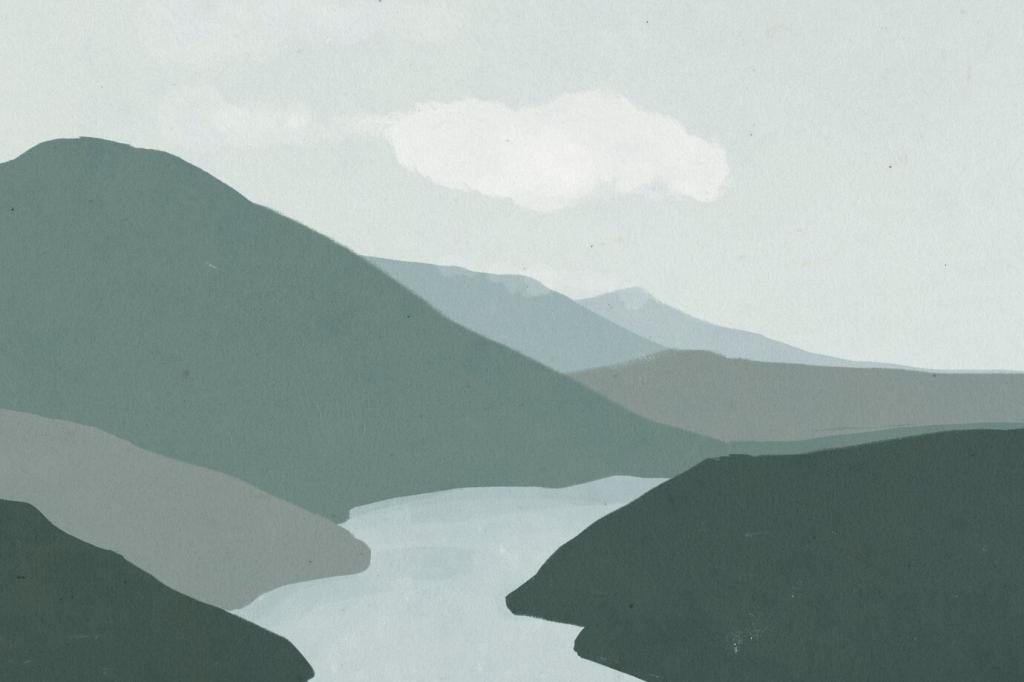Geometry, Grids, and Negative Space
Repeating modules—say, 24-inch pavers—create order that calms the mind. Align joints with planting beds and doors to extend architecture into the landscape. Try sketching your patio on grid paper, then share your favorite module size and why it feels balanced.
Geometry, Grids, and Negative Space
Leaving areas unfilled is not neglect; it’s compositional breathing room. A simple gravel field can frame a sculptural tree or stone. Resist the urge to add more. Post a before-and-after story where subtraction changed everything for you.
Geometry, Grids, and Negative Space
A restrained planting palette—dwarf grasses, clipped evergreens, or a single multi-stem tree—softens edges without clutter. Aim for a 70/30 hard-to-soft balance. If you love plants, curate by habit and texture, not quantity. Subscribe for an upcoming plant list tailored to minimalism.
Geometry, Grids, and Negative Space
Lorem ipsum dolor sit amet, consectetur adipiscing elit. Ut elit tellus, luctus nec ullamcorper mattis, pulvinar dapibus leo.



